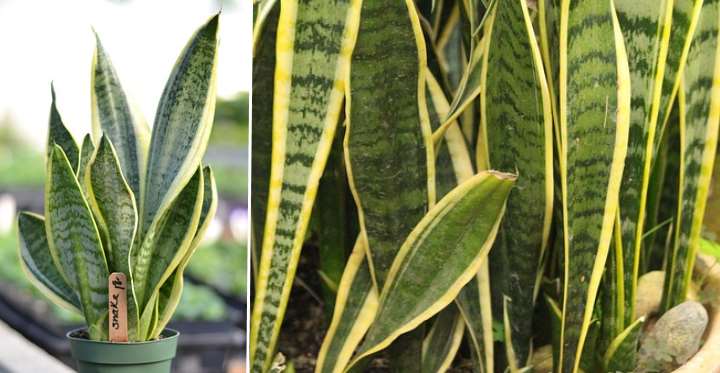Category Archives: Succulents
Kalanchoe Blossfeldiana Plant – Growing Flowering Kalanchoe Succulent as a Houseplant

The Kalanchoe blossfeldiana is a flowering succulent plant that is easy to care for indoors. Kalanchoes are perennial plants that flower year after year. The flowering kalanchoe produces blooms that are pink, red, white, yellow and orange. Other names for this succulent houseplant are flaming Katy, florist kalanchoe, Madagascar widow’s-thrill, and Christmas kalanchoe.
Pencil Cactus (Firestick Plant): Succulent Care and Growing Guide
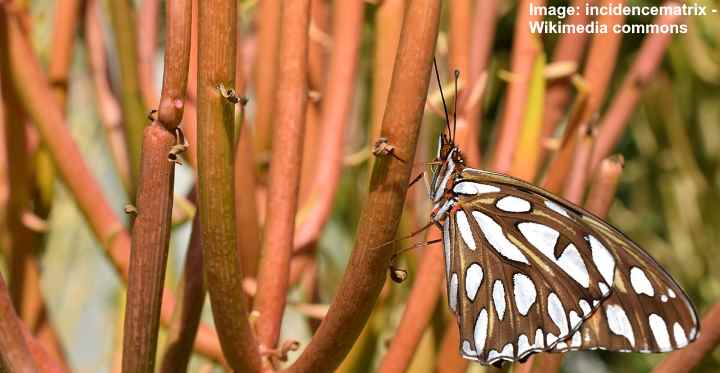
The firestick plant (pencil cactus or Euphorbia tirucalli) is a type of succulent, not a cactus. The firestick succulent is also named pencil cactus, stick cactus, fire plant, pencil plant, and ‘sticks on fire.’ Pictures of the firestick plant show how it gets its name. The succulent has clumps of pencil-like stems exhibiting an orangey-red color that looks like it’s on fire.
Euphorbia Trigona: Caring for African Milk Tree (Euphorbia Cactus / Candelabra Cactus)

The Candelabra cactus (Euphorbia trigona or Euphorbia cactus) is a type of succulent, not a true species of cactus. Also called the African milk tree, this plant is a tall-growing branching succulent. This leafy cactus-like succulent has a central stem with branches that grow upward. Along the ridges of the stems are thorns and small oval-shaped leaves.
Haworthia Cooperi: Care Guide For The Transparent Succulent
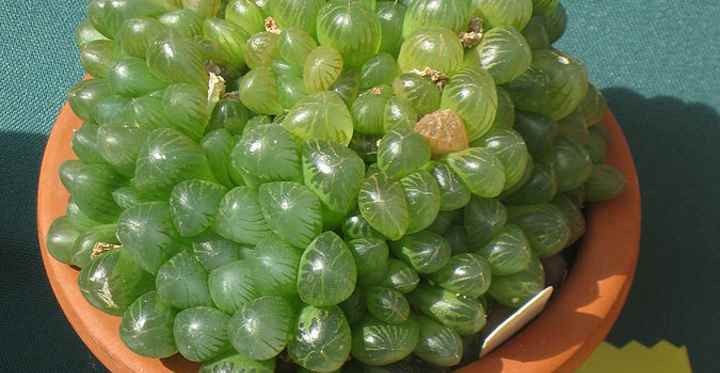
The Haworthia cooperi is a small rare succulent plant with fleshy translucent leaves. The “see-through” Haworthia cooperi succulent has shiny transparent leaves that grow in a rosette pattern in sandy soil. Depending on the Haworthia cooperi cultivar, the plump leaves can be triangular-shaped or globular.
Haworthia Fasciata (Zebra Haworthia or Zebra Plant): Succulent Care and Growing Guide

The Haworthia fasciata, also called “Zebra Plant” or zebra Haworthia, is a small-growing succulent with a spiky appearance. The common name for this fleshy succulent plant comes from its bumpy white zebra-like markings on the leaves. Although Haworthia fasciata “zebra plant” looks like small cacti or aloe (it is commonly called “zebra cactus”), it is a true type of succulent.
Mother-in-Law’s Tongue (Snake Plant): Care and Growing Guide (Sansevieria Trifasciata)
How to Care for Succulents: Growing Succulents and Keeping Them Alive

Succulents are a large group of ornamental plants that have thick fleshy leaves. Most types of succulents adapt well to indoor environments and grow well in bright sunlight. Placed on a sunny windowsill, succulent plants can grow for many years with only minimal care. Succulents also thrive outdoors where some species can survive cold temperatures as low as 40°F (4°C) or as high as 90°F (32°C).
Mother of Thousands (or Millions) Plant Care – How to Grow Kalanchoe
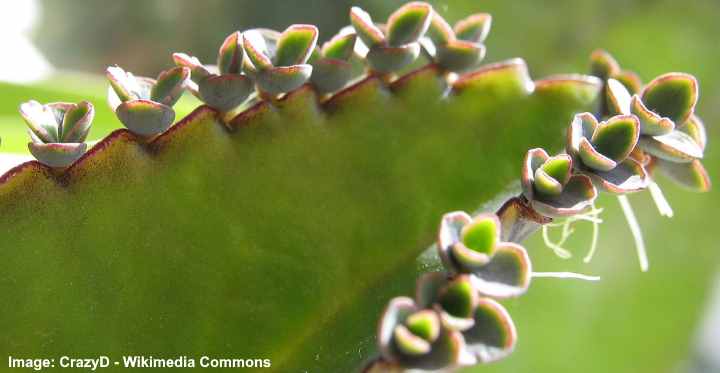
The mother of thousands plant (Bryophyllum daigremontianum or Kalanchoe daigremontiana) is an interestingly-shaped plant that thrives indoors as a houseplant. The mother of thousands succulent plant has other common names such as alligator plant, devil’s backbone, Mexican hat plant, or mother of millions. These common names can give you an idea as to its appearance. The unusual feature of the mother of thousands is the tiny plantlets that grow along the leaf margins. These plantlets grow roots, making the plant easy to propagate.
Moon Cactus Care: Guide For Growing Colorful Grafted Cactus (Gymnocalycium Mihanovichii)
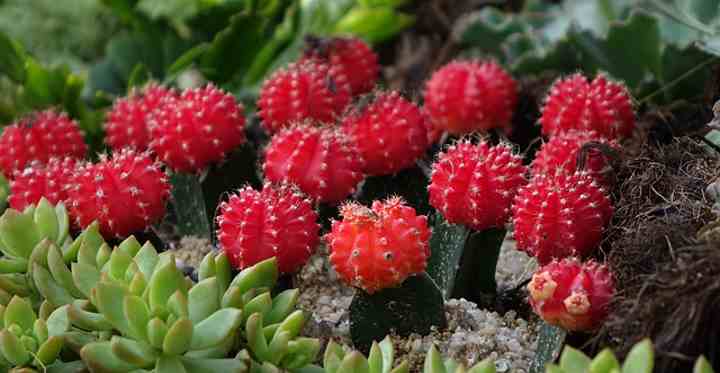
Moon cactus is a type of grafted cactus with a colorful ball-shaped top. These colorful cacti have become popular small houseplants that are very easy to care for. The cactus top is usually bright red, yellow, pink, or orange colors. This colorful top gives the appearance of a brightly-colored cactus flower. Some of these colorful cactus plants have multi-colored or variegated tops—but all have clusters of small, sharp spines running down the curved veins.
Types of Jade Plants (Crassula Varieties) with Their Pictures, Names and Plant Care Guide
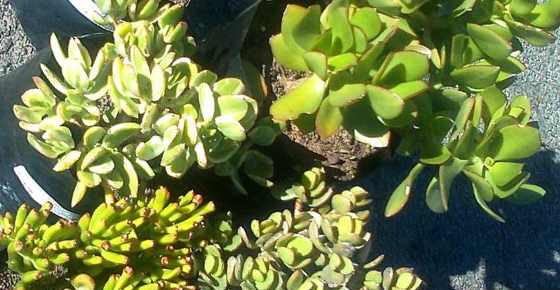
Jade plants are popular houseplants that are very easy to care for and thrive in most indoor environments. One of the most popular types of jade plants is the crassula ovata variety which is also commonly named the money plant, dollar plant, money tree, and lucky plant. This jade plant is not only beautiful, but it is said to invite good fortune and luck into a home according to the Feng Shui. The different types of jade plants grow well in bright areas of the home and are forgiving if they grow in less than ideal conditions.

